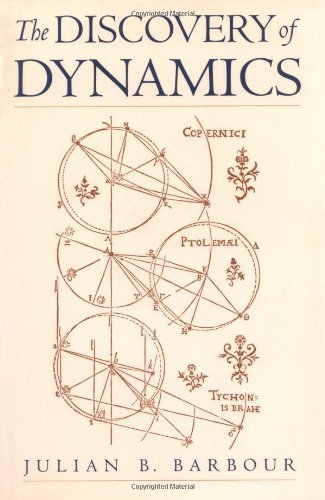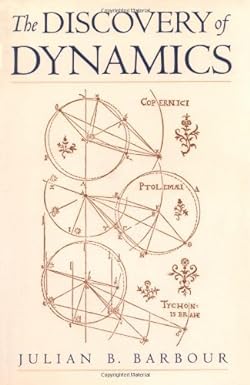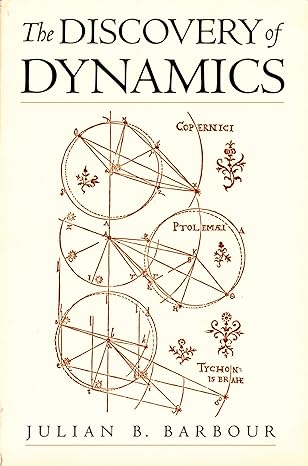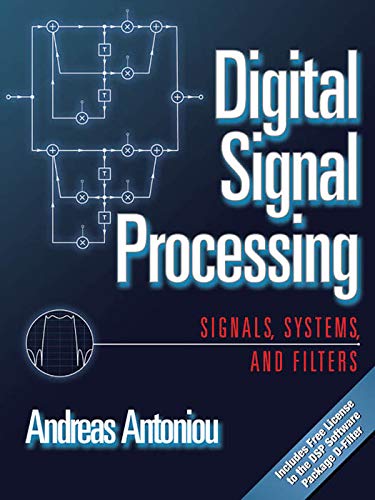
The Discovery of Dynamics: A Study from a Machian Point of View of the Discovery and the Structure of Dynamical Theories (PDF/EPUB Version)
$18.99
Description
This is the first in a two volume series discussing the theories of Einstein, Newton and other ideas of late 19th and early 20th century physics as in-depth research and basis for Barbour’s theory that time is an illusion. This first volume explains the history and philosophy that led to the development of classical dynamics by Newton, and then places Newtonian dynamics in the perspective of as yet unresolved questions relating to the basic concepts of space, time and motion. Most of the book is concerned with the preparatory work in astronomy and the mathematical study of terrestrial motions that made Newton’s work possible, with the final sections analyzing Newton’s own discoveries, his synthesis of a viable scheme of dynamics, and his introduction of the concept of universal gravitation.
eBook features:
- Highlight, take notes, and search in the book





_qervbccomc.jpg)










_(certification_press)_pfpwp1gw32.jpg)
_(certification_press)_p7lctr3fbt.jpg)
_ks1bb9fllq.jpg)
_md1sivs3ar.jpg)

